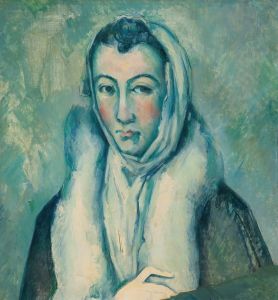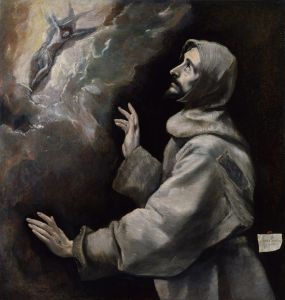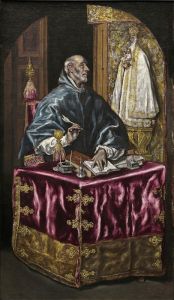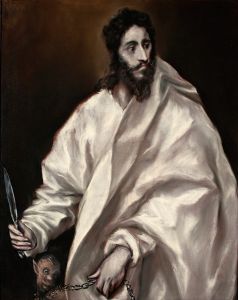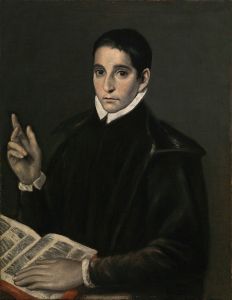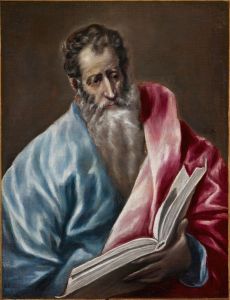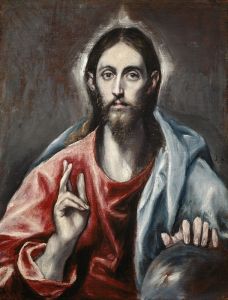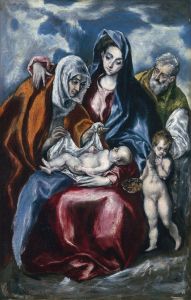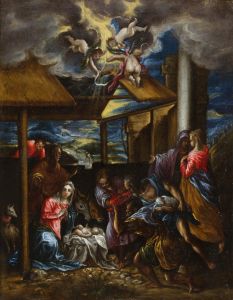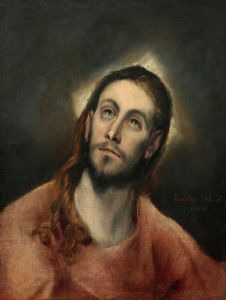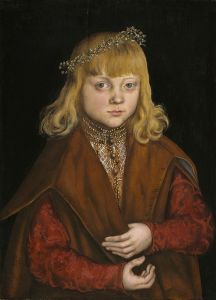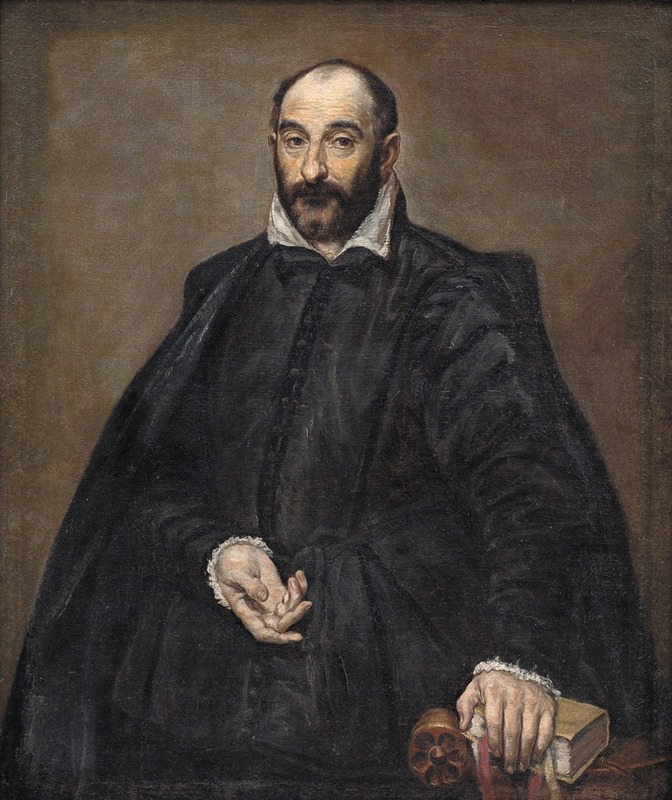
Portrait of a Man
A hand-painted replica of El Greco (Domenikos Theotokopoulos)’s masterpiece Portrait of a Man, meticulously crafted by professional artists to capture the true essence of the original. Each piece is created with museum-quality canvas and rare mineral pigments, carefully painted by experienced artists with delicate brushstrokes and rich, layered colors to perfectly recreate the texture of the original artwork. Unlike machine-printed reproductions, this hand-painted version brings the painting to life, infused with the artist’s emotions and skill in every stroke. Whether for personal collection or home decoration, it instantly elevates the artistic atmosphere of any space.
"Portrait of a Man" is a painting by the renowned artist El Greco, whose real name was Domenikos Theotokopoulos. El Greco was a prominent painter, sculptor, and architect of the Spanish Renaissance, known for his distinctive style that combined elements of Byzantine traditions with Western painting techniques. He was born in Crete, which was then part of the Republic of Venice, in 1541, and later moved to Spain, where he spent the majority of his career.
The painting "Portrait of a Man" is believed to have been created during El Greco's mature period, which is characterized by his unique approach to portraiture and his ability to capture the psychological depth of his subjects. El Greco's portraits are noted for their expressive use of color, elongated figures, and dramatic contrasts of light and shadow, which contribute to the emotional intensity of his works.
In "Portrait of a Man," El Greco employs his signature style to depict an unidentified male subject. The painting is executed with a keen attention to detail, particularly in the rendering of the man's facial features and attire. The subject's expression is contemplative, suggesting a sense of introspection or intellectual engagement. This aligns with El Greco's tendency to portray his subjects with a sense of individuality and depth, often imbuing them with a spiritual or philosophical aura.
The background of the painting is typically dark, a common feature in El Greco's portraits, which serves to highlight the figure and create a sense of immediacy and focus. This technique also enhances the three-dimensionality of the subject, drawing the viewer's attention to the nuances of the man's expression and posture.
El Greco's work, including "Portrait of a Man," was not fully appreciated during his lifetime, as his style diverged significantly from the prevailing artistic norms of the period. However, his paintings have since gained recognition for their innovative approach and emotional resonance. Today, El Greco is celebrated as a precursor to both Expressionism and Cubism, influencing a wide range of artists in the centuries following his death.
The exact identity of the man depicted in "Portrait of a Man" remains unknown, as does the specific date of the painting's creation. This lack of information is not uncommon in El Greco's body of work, as many of his portraits were not commissioned by notable figures or accompanied by detailed records. Despite this, the painting is valued for its artistic merit and its contribution to the understanding of El Greco's oeuvre.
"Portrait of a Man" is housed in various collections, with several versions attributed to El Greco. The painting exemplifies the artist's skill in capturing the essence of his subjects, transcending the limitations of portraiture to convey a deeper, more universal human experience. Through his innovative use of form and color, El Greco continues to captivate audiences, solidifying his legacy as one of the most influential artists of the Renaissance.





